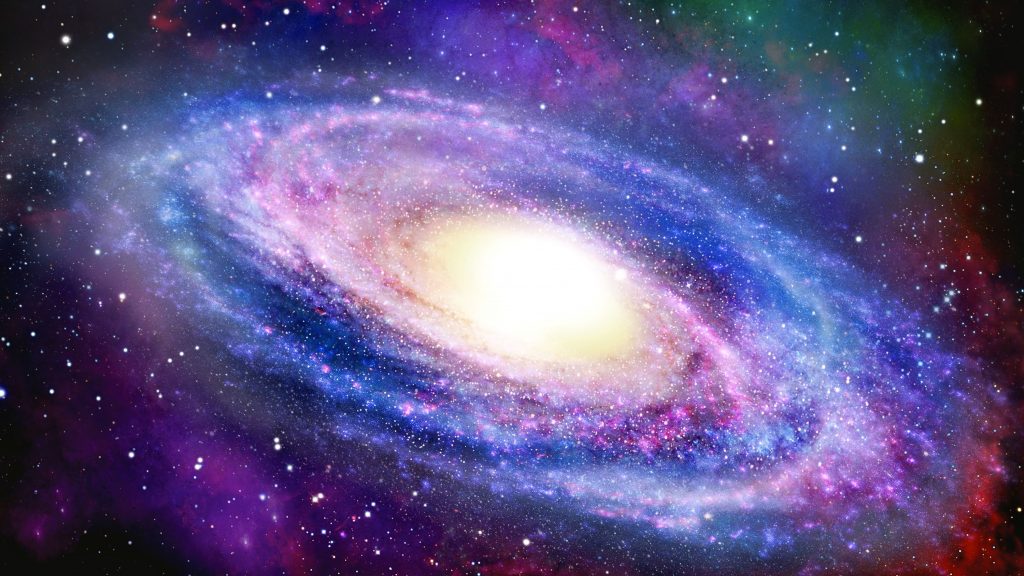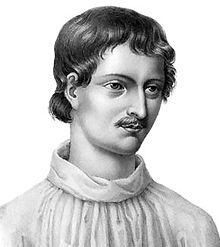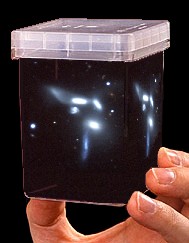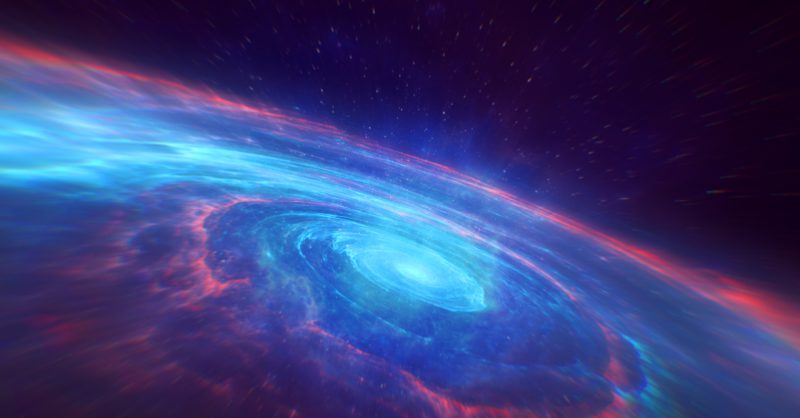
Universe
Curious by nature, man has always tried to understand what he observed, to discover and understand what was behind the cosmic scenery. How can we understand the universe, its uniqueness, its state?
Originally, these issues were discussed from a strict point of view metaphysics and were answered through mythology or theology.
The Universe was in the image of God, eternal and unchanging, out of reach of our understanding.
This mystical concept was impregnated in the minds of scientists up until the Renaissance. But the “artifacts” of heaven and inconsistency of theories linked to scientific skepticism skirmished researchers and philosophers between doctrine and faith in their free examination.
At the time when religion was dominant in scientific discourse, scientists discovered that the Book of Wisdom ordered in black and white to “submit heaven and earth” and also stated that the sky had been created and had not just appeared. These two assertions gave a few scholars the idea to study the cosmic order. Despite the wrath of the clergy, from the sixteenth century the less conformist men tried to think of the infinite, the universe.

Giordano Bruno
For Giordano Bruno, the universe was synonymous with order and harmony, infinite, and out of reach of any class. Man could not understand the cosmos. For Kant and his contemporaries, the concept of the universe was an illusion because the universe could not be experienced. The slurry of knowledge that one could count on was as hollow as the false culture. Rational, Kant did not address what he called the “physiogonomy”.
He might be right about one thing. The Universe is probably unique and can not, by definition, be understood by physicists. The creation of the universe and the Big Bang phenomenon are both unique and irreproducible. How then could one define their conditions of life if we can not repeat the experience?
The development of science and physics in particular would topple the Kantian ideology and from the eighteenth century, mathematicians and physicists gathered their theories and observations to give a concrete meaning to the universe. With Newton, the world became dynamic, fully governed by the laws of motion. At the turn of the twentieth century, thermodynamics imposed a temporal arrow, the heated death of the Universe, that many researchers believed to be unrealistic.

The test-tube universe interpreted by the author.
In 1965, however, the discovery of cosmic radiation at 2.7 K permanently transformed the concept of the universe. Before a generation of conservative physicists, the Big Bang theory of the phenomenon left the circumstances to become a concrete entity, measurable. The universe became an object of study.


23 comments
good!
hahaha
puki e
7686
ok
Hello
cdcsc
min do you mind upload the concept of multiverse?
sdfsdfa
The speed of time far outpaces the speed of light.
jhkjk
heelo
okookok
GOOD
asdfas
ju zvu
ok
ok
Hola!
hola
OK
i read this article
good
Comments are closed.